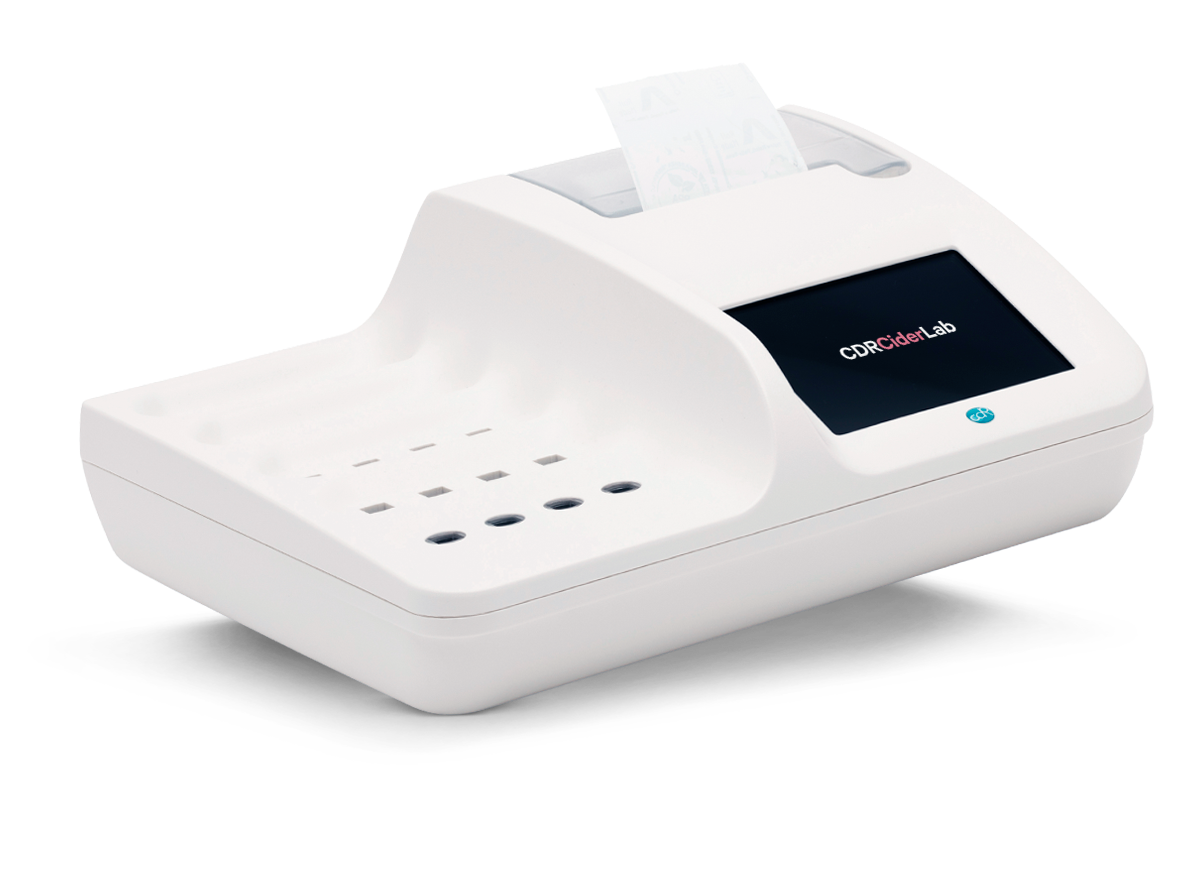Yeast Assimilable Nitrogen (organic and inorganic nitrogen)
Yeast Assimilable Nitrogen (YAN) is a fundamental parameter to manage correctly the alcoholic fermentation. It is constituted by two components: the inorganic nitrogen present in must as ammonium ion (NH4+) and organic nitrogen constituted by α -amino nitrogen of amino acids.
Inorganic nitrogen (ammonium) is determined with the enzymatic way whereas organic nitrogen is determined with the o-phthalaldehyde method.
Method
Test principle
Organic nitrogen test
The α-amino nitrogen reacts, in presence of N-acetyl-L-cysteine, with the o-phthalaldehyde to form an isoindolic derivative. The difference in absorbance, measured at 366 nm (end-point) is correlated with the amount of organic nitrogen expressed as mg / L of N.
...
Inorganic nitrogen test
The ammonium reacts by enzimatic path-way with NADH and α-ketoglutarate to give NAD+ and glutamate. The decrease in absorbance of the solution of NADH, measured at 366 nm (end-point), is proportional to the amount of ammonium nitrogen in the sample.
...
Calibration Curve
Organic nitrogen test
The calibration curve of CDR CiderLab for the analysis of Yeast Assimilable Nitrogen Organic in must, obtained using reference methods, confirms the excellent linearity of the system over the whole testing range.
...
Inorganic nitrogen test
The calibration curve of CDR CiderLab for the analysis of Yeast Assimilable Nitrogen Inorganic in must, obtained using reference methods, confirms the excellent linearity of the system over the whole testing range.
...
Reagent test Kits
Please note: Organic (*301430, *301435) and Inorganic Nitrogen (*301440, *301445) kits must be used together.
Measuring range
| Analyses | Measuring range | Resolution | Repeatability |
|---|
The Analyzers for process and quality control in cider production
CDR CiderLab
- Complete analysis panel, supplied already configured
- Up to 16 determinations simultaneously
- Possibility of carrying out analyses of the same sample
- Integrated printer
- Full connections (LAN - USB - Bluetooth barcode/QR code reader)
CDR CiderLab Jr
- Partial analysis panel, supplied configured with 3 analyses of your choice, implementable
- Up to 3 determinations simultaneously
- Wireless connection to external printer
- USB connections
